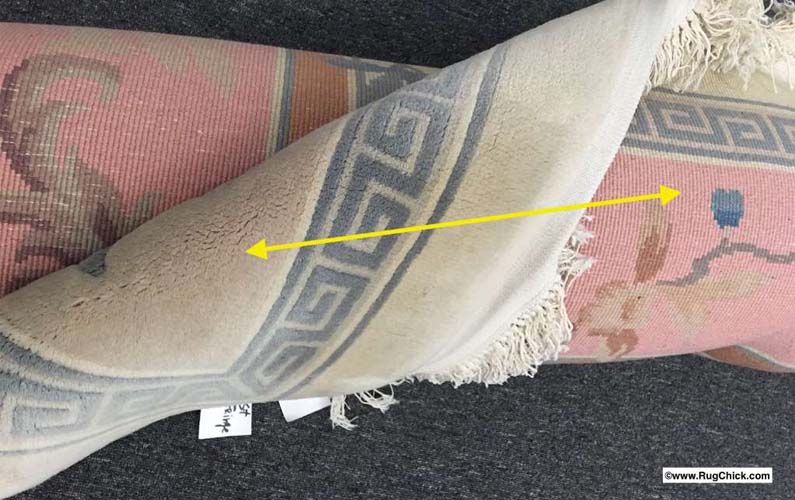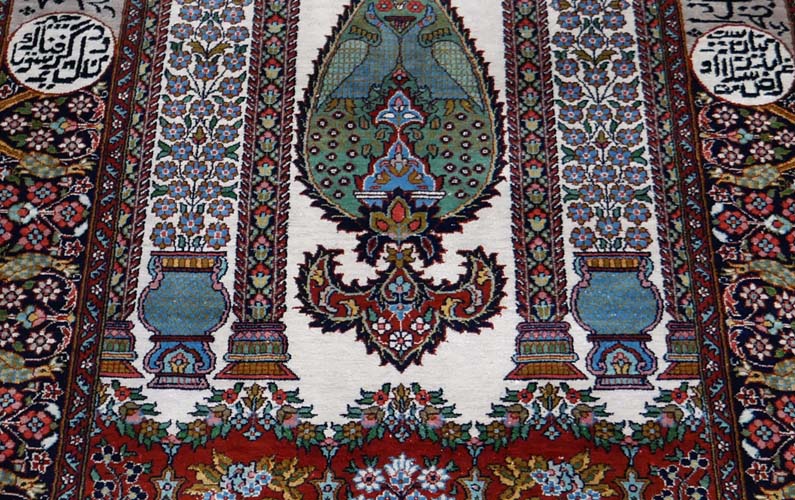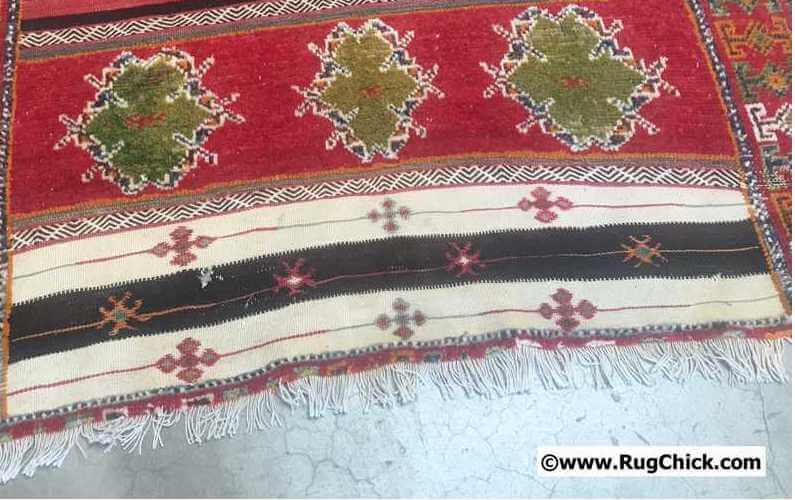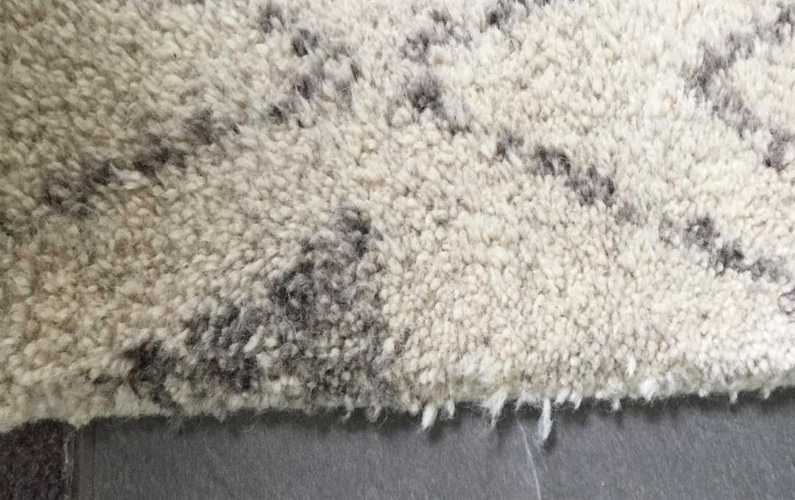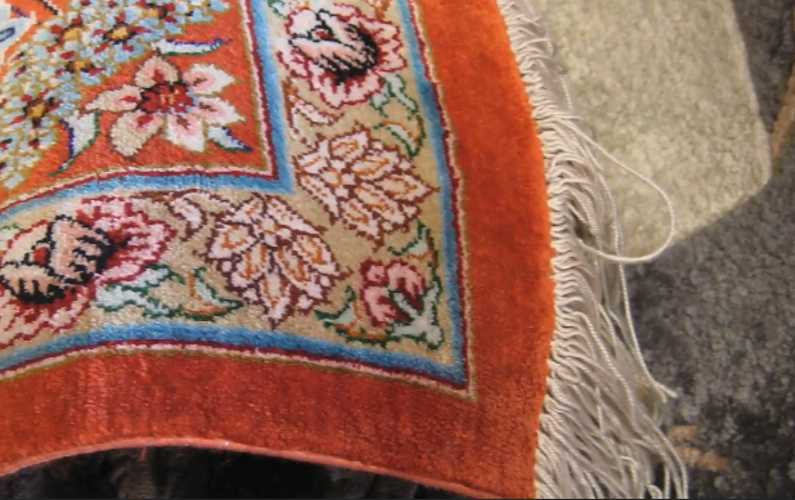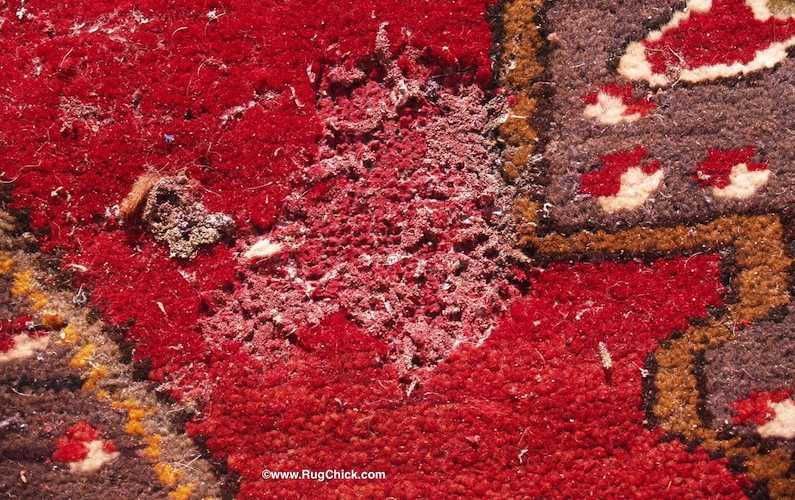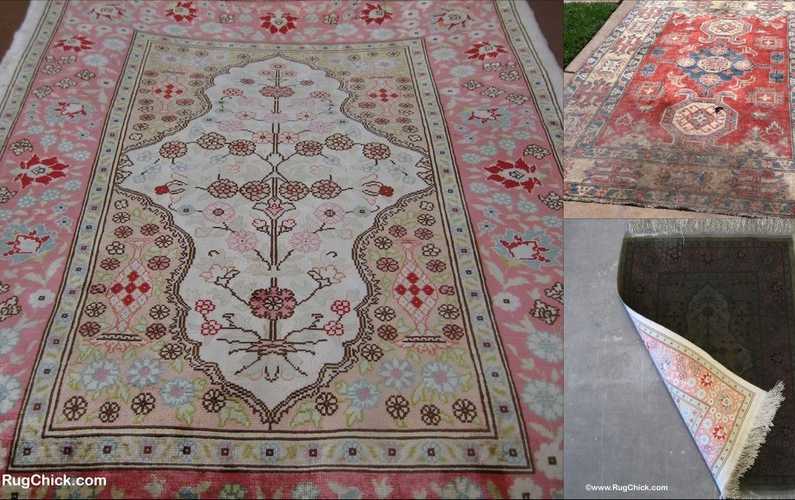Rugs and Floods. What to do
With the number of home floods escalating due to severe weather, a number of rugs will be exposed to flood water.
The longer a rug remains wet the more likely it is to have dye migration that is not correctible.
Rugs that are not washed properly, and not dried thoroughly, can end up with mildew and dry rot problems.
Here are tips to minimize the damage to oriental rugs involved in floods:
- Extract the water as soon as possible using a wet vacuum or having your water damage restoration company extract with their professional water removal equipment.(Professional equipment like the Water Claw and the Rover are the quickest way to remove water in the home from wet rugs. The Water Claw should be used on the BACK side of the rug. The Rover can be ridden and pulls much more moisture out quicker, and with the smooth lip on the extraction points, it can be used on the front or back of the rug.)
- Make sure you wand extract WITH the direction of the rug’s fiber nap, instead of against it (this minimizes fiber damage). If you “pet” the rug, it’s like petting your animals, you can feel which direction is *with* the grain, and which is against it.
- If you are unable to have the rugs thoroughly washed right away, then it’s important to get the rugs as dry as possible as quickly as possible to lessen the risks of permanent damage. Dry them fast and wash/sanitize them later.
- When transporting to a rug cleaning facility to be washed, wrap in towels or sheets to prevent dry from migration from one rug to another. It is very difficult to remove dye migration.
- Do NOT hang up wet rugs. Extract and dry out flat. Hanging wet puts too much weight on the foundation of the rugs, and will pull the migrating dye throughout the face of the rug and into it’s fringe tassels.
- Do NOT dry in direct sunlight. Most contemporary rugs are sensitive to sunlight fading. If you must dry in sunlight, lay the rugs face down so fading occurs on the back side only until the rugs are taken to a rug washing facility.
Wool and silk oriental rugs can take months, sometimes years, to weave by hand. If you have investment textiles you want to protect from a flood that has affected your home, simply follow these guidelines and you can lessen the risk of permanent damage to your rugs due to extended exposure to water.
Once you have done your best to minimize the damage, the rugs then need to be thoroughly washed and sanitized before being returned to the home. This is done in professional rug washing facilities.
Even the filthiest rugs can come out looking fantastic with a good bath.
When it comes to something as messy and dangerous as floods, it’s best to leave it to the professionals.
Print and keep these tips handy in case you have the unfortunate experience of having your home flooded. And you will know what to do in order to help protect your favorite rugs, and to make sure they are clean and safe when they are returned to your “fixed up” home.
– Lisa
P.S. If you like this post, then please *share* it so that others who might have floods will know what to do too. Thank you!

